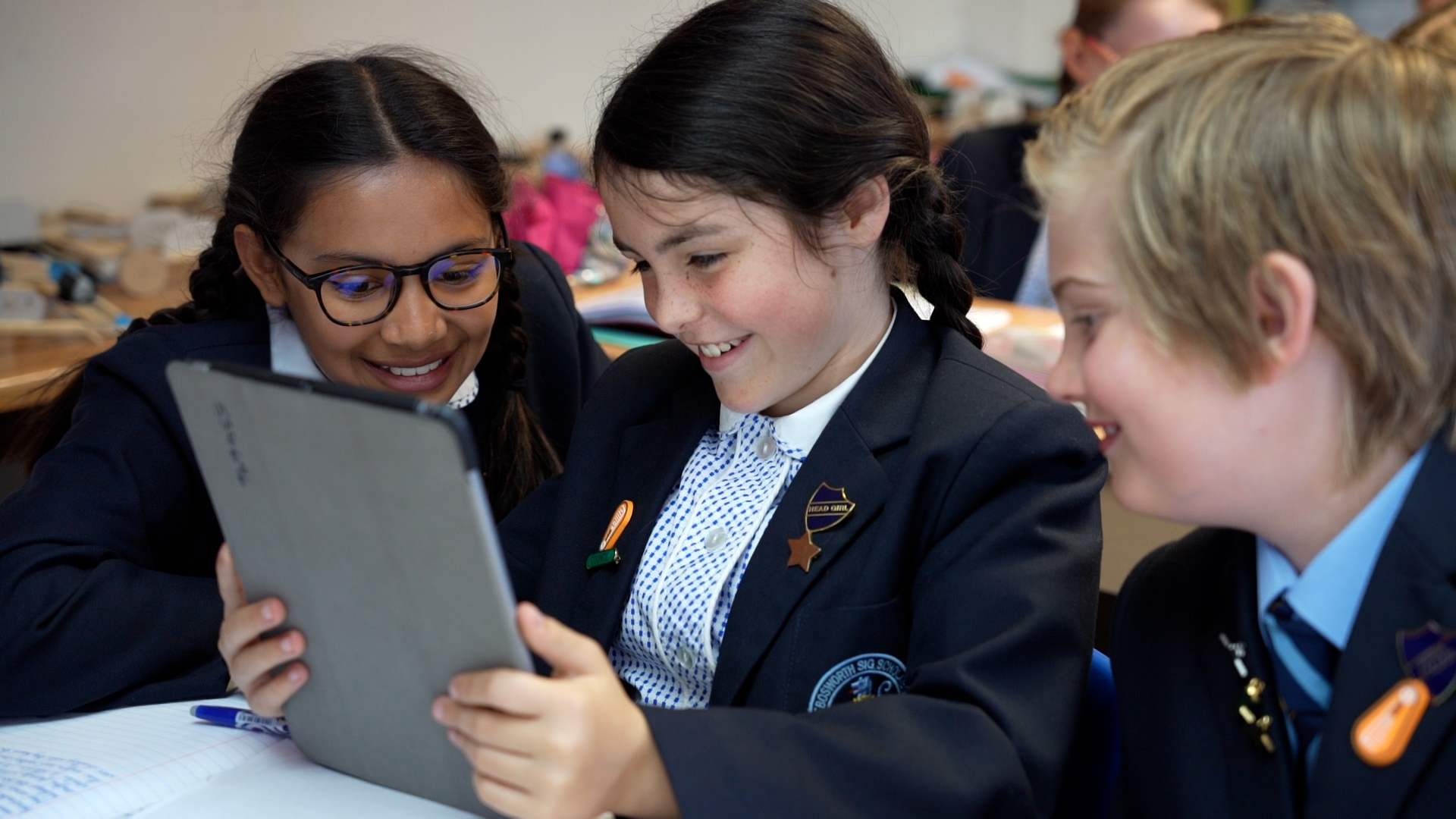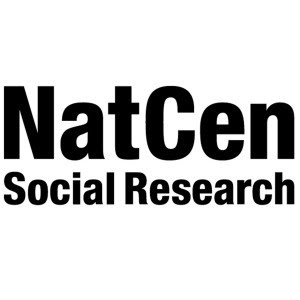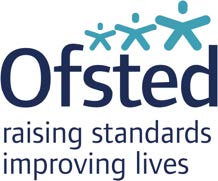Architecting better choices

When Lime was asked to explain why many young people get caught up in problematic behaviour, this sparked a deep exploration into what it takes to understand and make critical decisions and ultimately led to the creation of the Choices Programme.
Today’s young people face more significant challenges to their futures than ever before. Our ongoing research suggests several core issues significantly contribute to this:
A rapidly changing society provides the backdrop for a notable break with the past we have known. Changing working practices mean parents and carers spend fewer hours at home, families break down with increasing frequency, and the never-ending choice of fast food and even faster media leaves little room for traditional ‘family time’. This reduction in emotional contact time has caused an ‘affection deficit’ for modern youth, driving young people to seek affection elsewhere, in far less safe places, trading it for choices that bring much greater risk.
Adolescents (12–18 years old) and young adults (18–25 years old) are more likely than older adults to drive-or agree to be driven-recklessly or while intoxicated, to use illicit or dangerous substances and to engage in both minor and more serious antisocial behaviour. Numerous factors during adolescence may lead young people to favour behaviours deemed antisocial, such as sensation-seeking, gregariousness and social conformity. These aspects, however, cannot be dissociated from the increased sex drive and quest for an integrated self. In the separation-individuation process, relationships with peers play many different roles: a field for experimentation, emotional support, a place for “projection” and “identification”, and the possibility of finding a partner. Therefore
risk-taking behaviour and novelty-seeking may provide a mechanism to optimise brain development in adolescence (backed up by the latest thinking in neuroscience and how this is rooted in early human development).
Social and emotional maturity are intertwined. Therefore, as maturity increases, a young person’s relationships with peers change. They become more vulnerable and emotionally intimate with their peers, requiring more significant levels of trust. Thus, during the adolescent years, peer groups become increasingly crucial as teens experience more closeness in these friendships and more gratifying relationships with their peers as a result. Teens now turn to one another instead of their families. Peer groups become the first line of support during times of worry or upset. An accelerating digitalisation of childhood has severe and potentially harmful side effects. Sadly, the advent of digital and social technologies has changed the makeup of peer groups to include ‘virtual influencers’, a situation that impacts young people via an ever-growing prevalence of smartphones at an increasingly younger age. One such way is that it opens up the possibility for would-be predators: gangs, serious organised crime, those involved in CSE and even radicalisation, to exploit the vulnerability displayed online and use it to identify, target, and access young people like never before.
Those traditionally protecting young people are innately excluded by technology and an increasingly digital culture, leaving them feeling redundant and, in turn, leaving young people feeling the need to have to defend themselves. Therefore, we must enable them to become capable of doing so, which requires an understanding of the fundamental right to feel safe. This means creating a secure space where young people can discuss, debate, and explore the myriad issues they face.
Achieving this demands early and sustained preventative work to equip young people with the knowledge, skills, and motivation to make decisions that help them keep themselves safe. We followed a collaborative design process that put young people at the heart of the solution, identifying several factors that were critical to this process:
Teachers now have the most powerful tool to have that dialogue with children. The Programme
educates them through a curriculum approach, to become that better person, and make the right choices. Parents will be very supportive of it because every parent wants their child to make the right choice and this Programme is certainly going to help them do that. It can change lives.
Edris Gaibee, Headteacher
The Choices Programme was our response. It came about by challenging young people to help design the solution, a hallmark of our broader design approach. The result is a series of universally delivered school-based interventions that support young people to develop the knowledge, skills, and capabilities to make informed decisions and manage situations whereby others negatively influence them. Critical in the design process was the principle of empowering young people to reduce factors that contribute to their vulnerability by helping them become more sophisticated decision-makers.
At the same time, our school-based delivery also facilitates the development of more vigilant school practices. Delivered as a modular scheme of work across upper key stage two and into key stage three, the Programme features sessions that build week-by-week over a term. Engaging stories and technology young people relate to underpin the delivery to ensure the materials have the broadest appeal and delivery practitioners are trained in the use of dialogic techniques to uncover, facilitate and manage oen tricky and complicated topics. This unique approach provokes challenging conversations to help young people explore, debate, and reach consensus, vital building blocks in developing personal resilience, psychological wellbeing and the means to keep themselves safe.
The result is a fun, interactive learning experience that explores complex ideas while providing opportunities to reflect and develop strategies for everyday life. This methodology guides young people to build behavioural skills and psychological capabilities and, moreover, to put these techniques into practice. Ultimately, young people develop the ability to choose their own better futures.
The quality of the planning, content and resources is outstanding. I have to compliment all involved in putting these units of work together. They really have hit the mark with our year six children, and I’m glad we involved ourselves in the project. Much appreciated.
Matt Sadler, Headteacher
In 2019/20, the Choices Programme received recognition from the Youth Endowment Fund (YEF) as part of a research programme to build an evidence base documenting effective interventions that prevent young people from becoming vulnerable to exploitation and criminality. This included evaluation by NatCen, Britain’s largest independent social research agency, and their summary report outlined several key findings:
The Programme also caught the eye of Ofsted, which commented,
“Pupils feel safe in school and learn how to manage risks. The Choices scheme helps pupils to
consider the impact of their actions and how they can overcome peer pressure.”
Evaluation and impact measurement is a core part of the programme. For more information, please get in touch.



The Choices Programme is delivered in schools across the Thames Valley region and in Birmingham as part of the CRC Project. Work to further develop its reach and capability is underway, with new innovations to broaden the delivery scope and the content; and involve and support parents.